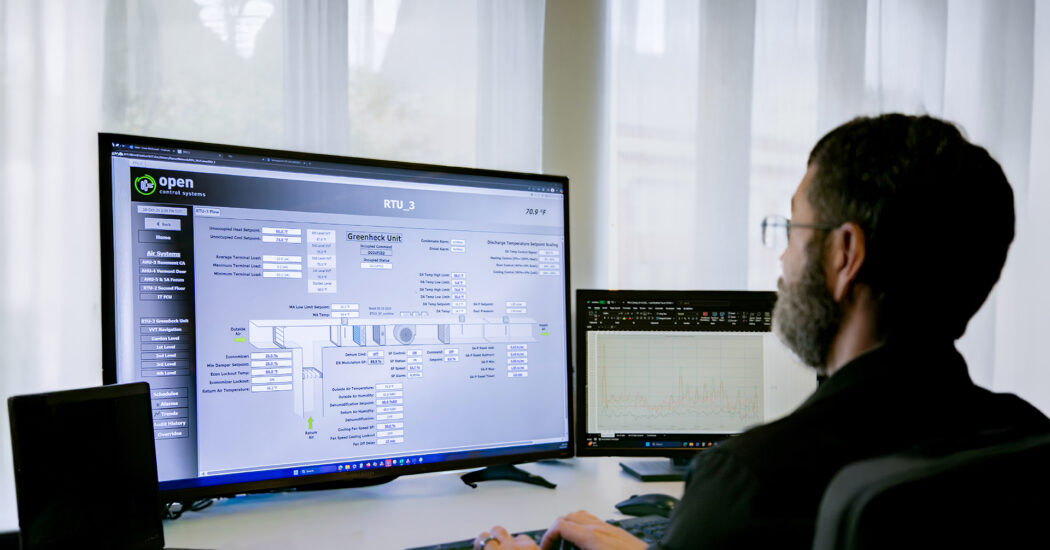The ROI of Energy Efficiency
-
Category
Innovation -
Posted By
Bill Gruen -
Posted On
Oct 05, 2020
It’s not just a few dollars here and there—making energy-efficient upgrades to your building can result in significant operational savings.
Greater efficiency means less energy used and lower operational costs long term. Whether you own or operate a commercial property, healthcare facility, residential complex, or an educational facility, increased energy efficiency is good for your bottom line.
An energy audit is often the first step to long-term efficiency gains. It involves inspecting a building and its mechanical systems—HVAC, lighting, and other systems—to identify areas of improvement that can make the building more efficient. The recommendations that come out of an energy audit can range from minor adjustments, such as resetting building controls, to more significant measures, such as replacing aging and inefficient equipment.
As part of our energy audit process, we calculate:
- Estimated cost to implement our efficiency recommendations
- Estimated energy savings after implementation
- Incentives you can receive from your utility company for the efficiency improvements
- Overall return on investment
This gives you a clear idea up front of your long-term savings should you move forward with the recommendations.
And the savings can be significant—often thousands to tens of thousands of dollars—especially if you follow up an audit with ongoing optimization of the building. This ongoing optimization involves regular monitoring and fine-tuning of systems over a year or more to ensure efficiency levels hold steady.
The case study below illustrates how one of our clients has realized considerable savings utilizing energy services.

Lake Central High School
Case Study: Lake Central School Corporation
Situation
After undergoing extensive renovations and new construction at Lake Central High School, the school district wanted to optimize the nearly 837,000 sq. ft. facility for greater energy efficiency. They outlined five areas of focus:
- Occupant comfort
- Energy efficiency
- Extended equipment life
- Reliability
- Operational efficiency
Findings and Solutions
Through frequent, ongoing monitoring of the control system and trending the data, our engineers found the following issues at Lake Central High School:
- The local variable refrigerant flow (VRF) controllers were not providing tight control of the units. We corrected this by putting the units under the control of the building control system, which tightened run times and ensured proper mode (heating/cooling).
- New temperature controls were added to three existing air handling units (AHUs) and put under tight scheduling control. Demand-controlled ventilation (DCV) was also added to reduce the amount of fresh air needed.
- Locker room AHU schedules were changed from 5:30am-11pm to 3pm-9pm, significantly reducing run time.
- Dehumidification was not occurring in the dedicated outside air system (DOAS) units, even though the sensor exists. We corrected this with a new controls program needed.
- We modified the sequencing of the chillers that serve the freshman wing to improve efficiency and wear and tear on the equipment.
Results
After evaluating their systems, energy data, and processes and implementing the proper solutions, we were able to achieve considerable efficiency gains at Lake Central High School. This realized the following results for the client:
- Cost Savings: Initial electric and gas savings totaled more than $84,000, with continued savings each year since optimization began.
- Energy Star Ratings: We improved the high school’s Energy Star score, bringing it from 67 to 82.
- Operational Goals: The client was able to check off all five of its energy focus areas.
Seeing this success, the Lake Central School Corporation has also utilized energy services at other facilities, realizing additional savings across the district.
Want to find out where you can save money in your building? Contact our Energy and Optimization Manager, Bill Gruen to get started.







